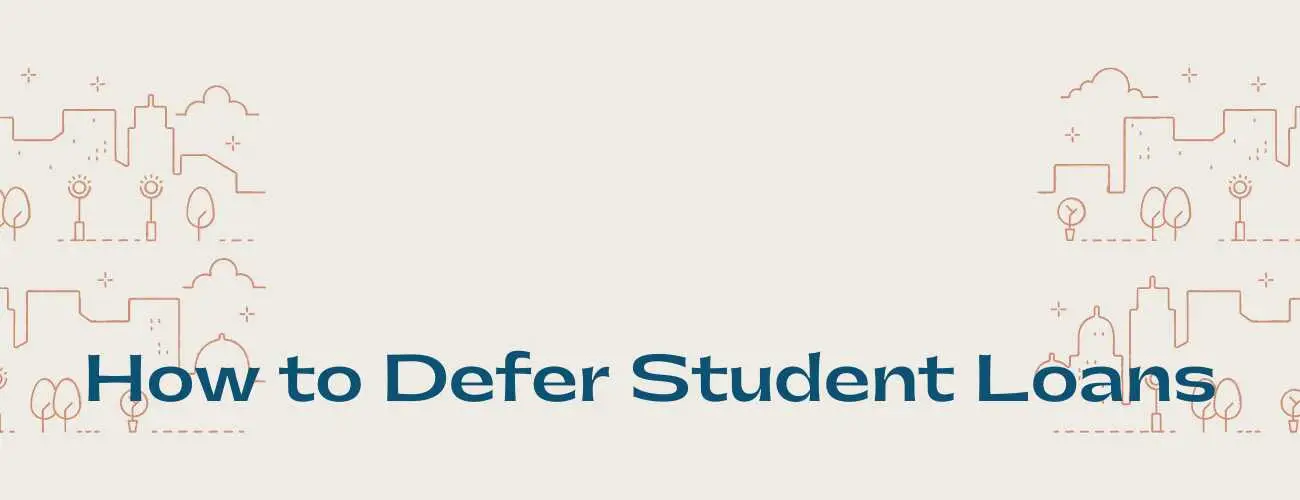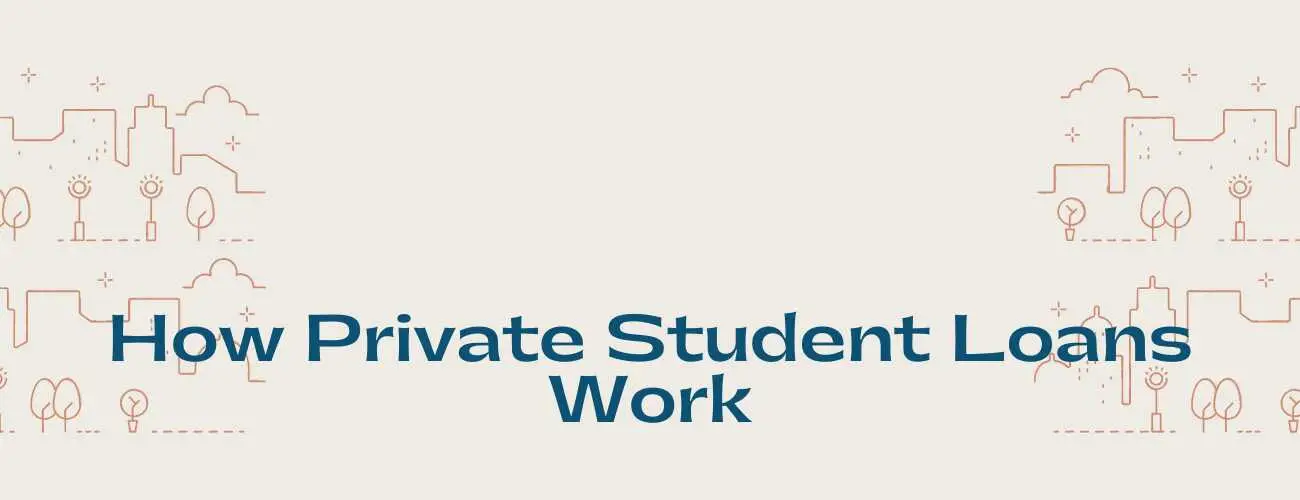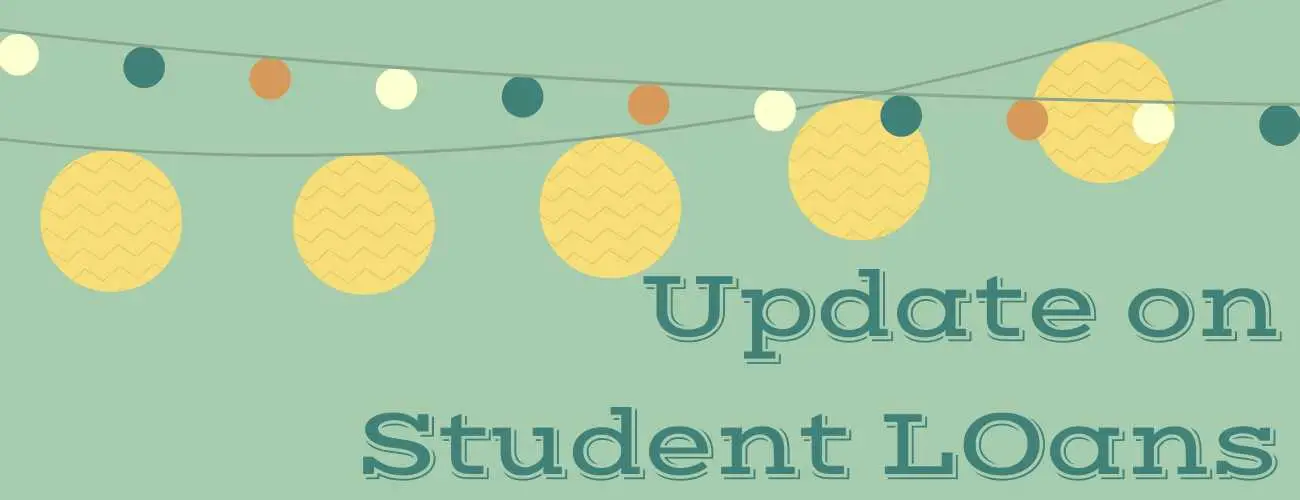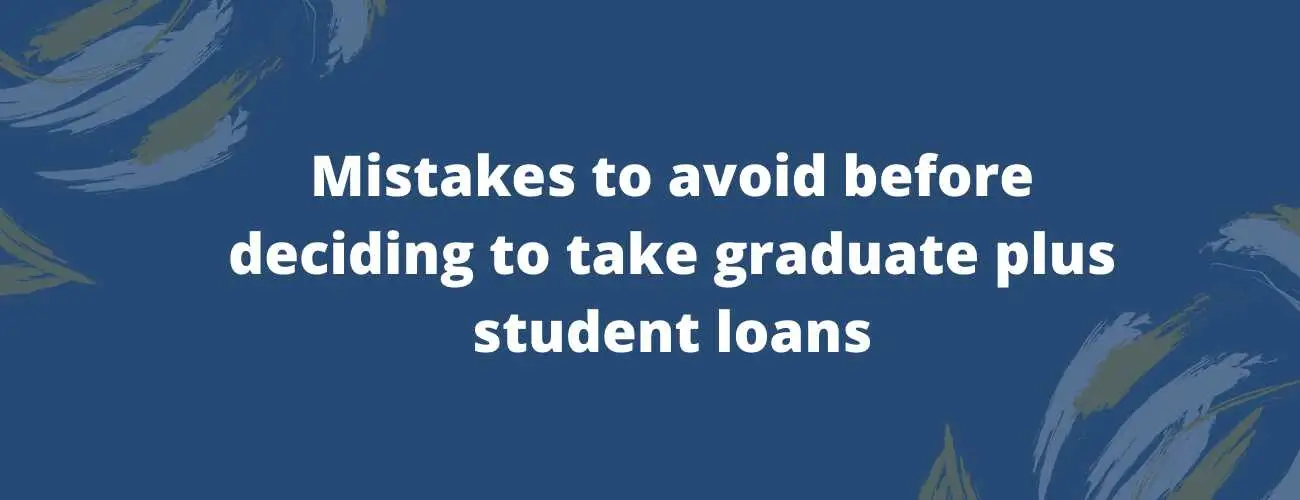What are Income-Driven Repayment Plans?
Income-driven repayment plans can help you minimize your monthly federal student loan payments. Explore different types of IDR plans, repayment terms and calculations.
Updated by Gowtham Ramesh on 23rd July 2021
If you are one of those students who have an overwhelming student loan debt in hand, you need to think about income-driven repayment methods to pay off the student loans. "Income-driven repayment plans are designed to provide a repayment plan considering the monthly income you earn and your family size". With an incredible total debt of $1.56 trillion in student loan debt which is taken by around 45 million borrowers, it is important to find ways to manage your student loan repayment plans.
There is a way to overcome and reduce heavy student loan payments. Income-driven repayment plans will help you to settle your debts and would definitely be a life savior.
These plans cap your monthly payment to a particular sum of the percentage of your discretionary income, whereas in the standard repayment plan, the repayments are divided over a period of 120 months.
Table of contents
- What is Income-Driven Repayment (IDR)
- Application process
- Common mistakes
- Why choose IDR
- When to avoid
- Calculation of monthly repayment
- Duration of repayment
- Pick what's best for you
What is Income-Driven Repayment Plan (IDR)?
IDR is a repayment plan declared based on monthly income and family size. Income-Driven Repayment (IDR) plan is basically designed to ease your student loan debt at more manageable options by reducing your monthly payment amounts. If you are in need to make lower monthly payments or have outstanding federal student loan debts which represent a notable share of your annual income, then IDR is right for you.
It's important to see and understand all of its advantages and disadvantages before you enroll in the program.
There are a total of 4 separate income-driven repayment plans available for federal student loan borrowers. But with the four income-driven repayment plans available, choosing the right one can be confusing, hence we're here to help.
An in-depth analysis of each of these four income-driven repayment plans can help you decide which plan will suit you the most and will help you with the best plan.
4 Types of Income-Driven Repayment Plans
-
Income-Based Repayment (IBR)
-
Income-Contingent Repayment (ICR)
-
Pay As You Earn (PAYE)
-
Revised Pay As You Earn (REPAYE)
1 - Income-based repayment (IBR)
The repayment plan is designed considering your monthly payment. Income-Based Repayment (IBR) is an option that can be opted for even after you have received your loan. It's similar to Pay As You Earn (PAYE) but offers more flexibility than it.
To be qualified for an IBR plan, your planned payments must be lower than the standard repayment plan. You will be required to demonstrate your financial need based on your income.
Eligible loans - Several federal loans are eligible for the IBR plan. Direct Loans (Subsidized and Unsubsidized), Direct PLUS Loan on Graduate or Professional Students (Loans to parents are ineligible), Direct Consolidation loans (except parents made PLUS loans), Federal Family Education Loan (FFEL) (only graduate or professional student loans), FFEL consolidation loans (except Parent PLUS loans), Federal Perkins Loans
2 - Income-Contingent Repayment (ICR)
ICR repayment plans were introduced for people pursuing their careers in the field of public service. Income-Contingent Repayment (ICR), such as REPAYE, it does not have an income eligibility requirement.
If you are not qualified for other plans and still want a lower payment. Then Income-contingent repayment is the best repayment plan for student loans.
Eligible loans - The eligible loans for ICR are - Direct Loans (Subsidized and Unsubsidized), Direct PLUS Loans to Graduate or Professional students, Direct Consolidation Loans, Direct PLUS Loans to parents, Federal Stafford Loans(Subsidized and Unsubsidized), FFEL PLUS Loans, FFEL Consolidation Loans, Federal Perkins Loans.
3 - Pay As You Earn (PAYE)
PAYE fix loan payments at a smaller percent of income than IBR. Pay As You Earn is the newest income-driven repayment plan available to help borrowers manage their student loan debt. It's more or less like IBR with a stringent requirement.
For qualifying for PAYE providing a financial need statement is required. Must be a reasonably new borrower, a new one as on the 1st of October 2007, and received a disbursement on a Direct Loan after the 1st of October 2011.
Your prospective payment should be smaller than a standard repayment plan.
Eligible loans - Direct Loans (Subsidized and Unsubsidized), Direct PLus Loans to graduate or professional student, Direct Consolidation Loans (except parents made PLUS loans), Federal Stafford Loans (Subsidized and Unsubsidized), FFEL PLUS Loans to Graduate or Professional Students, FFEL Consolidation Loans, Federal Perkins Loans.
4 - Revised Pay As You Earn (REPAYE)
People who didn't qualify for PAYE ideally enroll for REPAYE repayment options. Revised Pay As You Earn (REPAYE) which is available after December of 2015, which is the newest Income-Driven Repayment Plan.
It's more similar to PAYE with a few key differences. The usual well-known difference is the fact that you are eligible for the regardless of when you have taken out your first federal student loan which does not require to describe the financial need.
Eligible loans - Direct Loan (subsidized and Unsubsidized), Direct Plus Loan to graduate and professional students, Direct Consolidation Loan, Federal Stafford Loans (Subsidized and Unsubsidized), FFEL PLUS Loans to Graduate or Professional Students, FFEL Consolidation Loans, Federal Perkins Loans.
Application process
Before deciding on the income-driven repayment plans you can contact your service provider to clarify any doubts related to IDR plans which can help you make better decisions according to your needs.
-
The application can be submitted online at StudentLoans.gov or on a paper form which can be collected from your loan provider.
-
The application allows you to select one out of the four income-driven repayment plans by name, or to the loan service provider based on the plan which helps you qualify income-driven plan with lower monthly payments.
-
If you have multiple service providers for your loans, make sure for each loan, an income-driven repayment plan is applied accordingly.
-
While applying you are required to provide income information which will determine your eligibility for PAYE or IBR plans and to calculate monthly repayment plans. Either on Adjusted Gross Income (AGI) or alternative documentation of income.
-
If you have filed a federal income tax return in the past 2 years or difference in the income report on the recent tax return, alternative documents of your income are required to determine the eligibility and provide a monthly payment amount
-
Based on the application submitted electronically or a paperwork request form with the submission of all the required documents. It may take a few weeks for your service provider to process it. As they need to obtain the documentation of your income and family size.
-
If the existing loans are being paid under different repayment plans the loan service provider needs to apply for forbearance to your student loan account while processing the request for Income-Driven Repayment Plan.
Common mistakes
Choosing the Income-Driven repayment plan can help you manage your payments. But choosing the right loan for you can be challenging.
The qualification is made based on the income that you earn and the family size that you have. It's very easy and simple to do it by yourself by calculating the household income and compare it with the Federal Poverty Guideline.
On an income-driven repayment plan, a borrower can lower their payments and make them more affordable, but there are some mistakes that borrowers could make that can be harmful and that should be avoided thus it is advisable to analyze all the plans and then choose the best fit for you.
1. Being on the wrong plan
Choosing the right plan for you as all of the plans can lower your monthly payments, it’s important to know some of the nuances that can work in your favor. For example, being aware of the interest subsidies which will you get under certain plans. You can use the student loan calculator to know your monthly payments in each plan as each of the income-driven plans has some of the uniqueness like if you’re on PAYE you could be paying more when you could get additional help on REPAYE as the later one has the most lucrative federal subsidies.
2. Not considering marital status
The situation gets completely change under an income-driven repayment plan if you are married as how you file your taxes when you’re married affects your monthly payments. Like under REPAYE, your spouse’s income is taken into consideration whether you file jointly or file separately but this is not with other plans. In PAYE, IBR, or ICR, your spouse’s income is only considered if you file jointly. It is important to do the calculation and determine which plan will suits you the most.
3. Not saving for taxes
Your payment is manageable under IDR but, a tax bill could be in your future if you’re hoping to take advantage of student loan forgiveness by creating a separate tax savings account and start saving little by little to avoid a surprise from the IRS.
Benefits of Income-Driven repayment plans
Through the Income-driven platform, it's easier for students to manage their finances. Which is explained below with an example
Example
If you had taken a loan of $75,000 as a student loan from a lender during the period of moving from graduate school to college with a standard 10-year repayment it would be around $1,300 out of your average annual salary of $35,000. Under the Income-driven repayment plan, it would be just $270.
Graduates out of school with underemployed or in Low-Salary fields. The monthly paycheck is not sufficient to cover living expense and their debt. Alternatively, income-driven repayment plans can help individuals to take care of their debt burden and rest for their use.
Monthly Payment is set on various factors from income and your family size. Every year, it's mandatory to apply for alternative payment options. If you lose a portion of your income or have a baby, the monthly payment can drop even further.
Disadvantages
The income-driven repayment plans are not without their fair share of drawbacks.
The senior advisor cautions that while alternative repayments options are beneficial but also extremely expensive as you pay interest for a long period of time
If you are struggling to pay for your essentials needs, then an income-driven plan makes sense. Things to understand are that you will pay back much more in terms of interest for a long period of time.
If you can free up money by slacking off on eating out or eliminating cable to stay on the standard 10-year plan, would be great in the long run.

source - pexels.com
Many people don't have a clue on how taxes work comes into the action of student loan forgiveness. If you are in an Income-driven plan such as PAYE or REPAYE for a period of time between 20 to 25 years. Then the balance amount is forgiven.
The amount that is forgiven is considered for taxable income. were owing to thousands of dollars as a tax to the federal government.
If you are considering receiving loan forgiveness after 20 years to 25 years on an income-driven repayment plan make sure to pay one final bill in the form of a tax bill.
Worried about college tuition? Learn about the best student loans
Calculation of monthly repayment
Usually, in payment amount below an income-driven repayment plan is based on the percentage of your discretionary income. This percentage varies depending on the plan you have chosen.
| Income-Driven Repayment Plan | Payment Amount |
| IBR Plan | 10% of your Discretionary income, If you are a new borrower on or after 1st of July 2014, 15% of your discretionary income if you are an existing borrower on or after 1st of July 2014 |
| ICR Plan | 20% of your discretionary income or the amount you pay on a fixed payment for a course of 12 years, adjusted to meet your income. |
| PAYE Plan | 10% of your discretionary income in general, or more than 10 years standard repayment plan amount |
| REPAYE Plan | 10% of your discretionary income. |
The table above will give you a clear idea of how the payment amounts are set under each income-driven plans. Based on your Income and Family size, sometimes you may not have zero monthly payment too.
Duration of repayment
Income-driven repayment plans have different types of repayment periods based on the plan you choose.
| Income-Driven Repayment Plan | Repayment Duration |
| IBR Plan | 20 years if you are a new borrower on or after the 1st of July 2014. 25 years if you are an old borrower on or after the 1st of July 2014. |
| ICR Plan | 25 Years |
| PAYE Plan | 20 Years |
| REPAYE Plan | 20 years if all the loans you are repaying under the plan received for undergraduate study 25 years if any of your loans are repaying under the plan received for graduate or professional study |
Can’t afford income-driven repayment?
There are other factors besides income too which can affect how income-driven payments are calculated. If you think that you are paying high rather than what you borrowed, the federal government offer extended repayment which initially decreases your payments based on how much you owe and graduated repayment plans helps if you don’t expect to earn much money right after graduation in this your payments start small and then increase every two years. These plans will lower your payments and aren’t based on your income solely. But remember that you may pay more interest under these plans, though, and neither offers loan forgiveness.
Another option is refinancing with private lenders as it also reduces your monthly payments, depending on the new loan’s terms. But refinancing federal loans consider as a risky option because you’ll lose access to programs like income-driven repayment and loan forgiveness. So it becomes very important to analyze which option suits you the best.
Pick what's best for you
Reducing your monthly payments is attractive, but the fact to remember is on long term relationships how will it be. Opting for long term repayment plans you don't need it, but end up paying thousands in interest.
Forgiven balance is treated as taxable income where it's taxable major bill after 20 - 25 years of repayment
Before making any decision on your student loan make a good analysis of all options available for you including consolidation and student loan refinancing.

source - pexels.com
Whether or not income-driven repayment plans make sense for you is on the following factors like your unique situation. Your loan amount and income with alternative options are for loan forgiveness before signing up for a long period plan.
With monthly payments and the longer repayment period, you would be paying a lot more in interest over time. If you can afford to make sense go ahead with the standard repayment plan.



93.jpg)


28.jpg)
